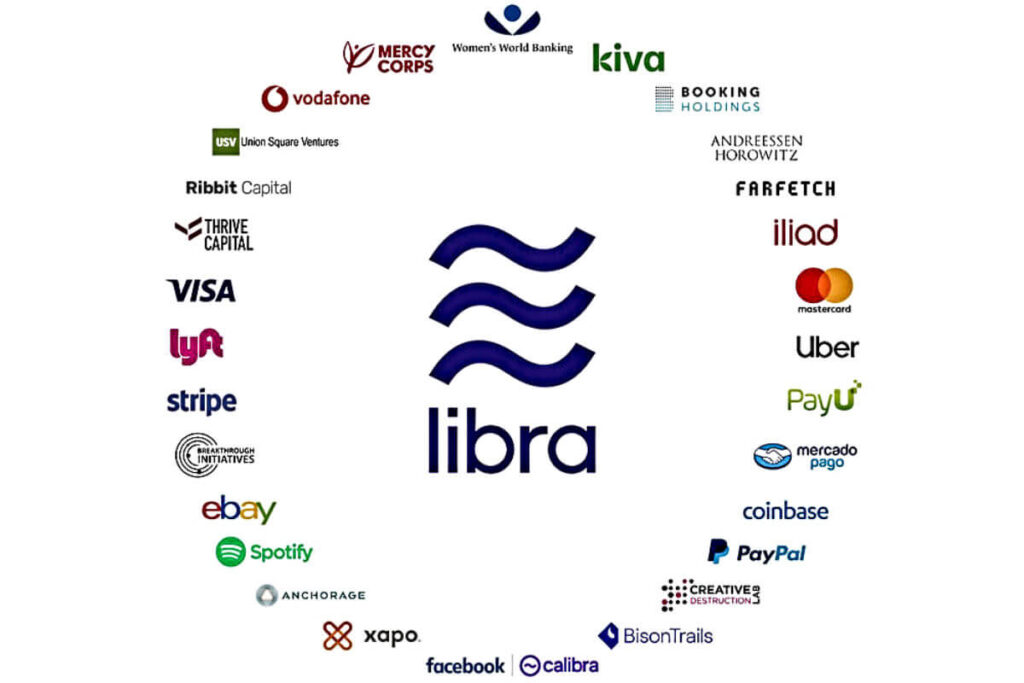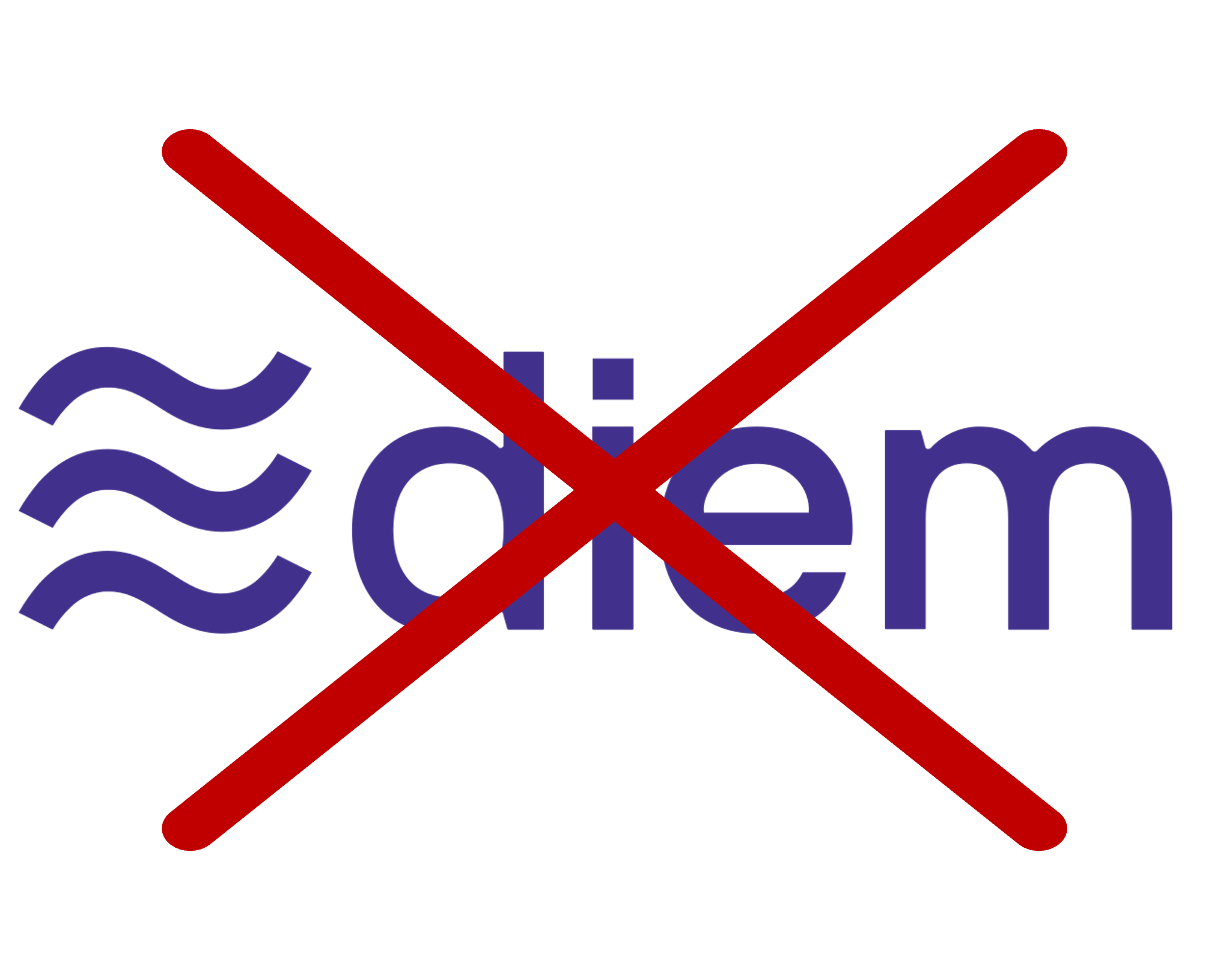Meta, previously known as Facebook, unveiled its plans in 2019 to launch a cryptocurrency targeted at the unbanked. After two and a half years of controversy and regulatory pressure, that project, Diem, appears to be unraveling.
Let’s dive into what happened to Diem, and what this tells us about the regulatory environment surrounding crypto and stablecoins.
The origin of Project Libra
The Diem project, previously known as Project Libra, had been in the works for years before its formal announcement in June 2019. Under the helm of David Marcus, former president of Paypal and leader of Facebook’s Messenger division, its goals were ambitious.
Project Libra aimed to launch a universal digital currency tied to a basket of major currencies and government debt. Its goal was to lower the cost of sending money globally, while increasing payment accessibility through Messenger, Whatsapp, and Instagram. The list of partners for the Libra Association boasted the biggest names in payments, including Visa, Stripe, Paypal, and Mastercard.

Just a few months after the initial announcement, however, the Libra Association began to crumble. Facing pressure from governments and regulators in both the US and internationally, major partners began to pull out. Paypal was the first major domino to fall, followed by Visa, Mastercard, Stripe, and other major partners. Democratic senators threatened increased oversight in members of Libra Associations non-crypto businesses if they associated with Libra.
In October 2019, Facebook CEO Mark Zuckerberg testified before Congress to discuss his plans for Libra. While the hearing was meant to be about Libra, members from the U.S. House of Representatives’ financial services committee took the opportunity to question Zuckerberg about a variety of different scandals surrounding Facebook. Topics ranged from the Cambridge Analytica scandal, to the fact-checking of political ads, to biases Facebook’s ad algorithms.
The Demise of Diem
Libra renamed itself as Diem in December 2020, but the cloud of regulatory scrutiny continued to hang over it. With its name change came a shift in focus as well. Once aimed at providing cheap and accessible access to moving money globally, Diem withdrew its license application in Switzerland in May 2021 and shifted its focus exclusively to the U.S. Partnering with San Diego-based bank Silvergate Capital, Diem aimed to issue a U.S. Dollar-backed stablecoin.
Soon thereafter, the writing was on the wall for the demise of Diem. Just a few weeks after Facebook announced its digital wallet product, Novi, in collaboration with Coinbase, David Marcus announced that he would be leaving Meta and stepping down from his position as head of Meta’s crypto efforts.
Now, the end of Diem as we know it is official. Silvergate Capital, the bank that Facebook initially partnered with to issue the Diem stablecoin, has purchased the IP assets and technology of the Diem Association for $200 million.
facebook’s failure
Despite its ultimate downfall, Diem was one of the early indicators of Mark Zuckerberg’s recognition of the importance of crypto. Interestingly, Facebook’s name change to Meta also has a parallel with Libra’s name change to Diem. Both name changes occurred when Libra / Facebook found themselves embroiled in controversy.
It’s clear that Facebook has major crypto and web3 ambitions. But perhaps Diem was doomed from the beginning, given the intense regulatory scrutiny Facebook is under and its numerous scandals regarding user privacy. Furthermore, stablecoin regulation itself has been a controversial topic among regulators, especially as governments begin to explore CBDCs. While Facebook and Diem’s failure may have been inevitable, this will unlikely be the last foray of a major tech company into crypto. Maybe a company with a less controversial history and reputation than Facebook will be able to achieve Diem’s original mission.










